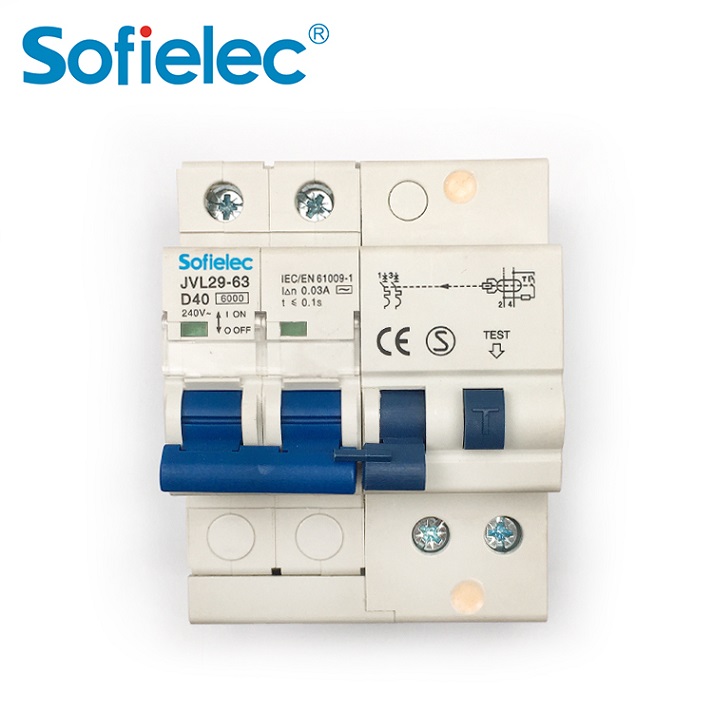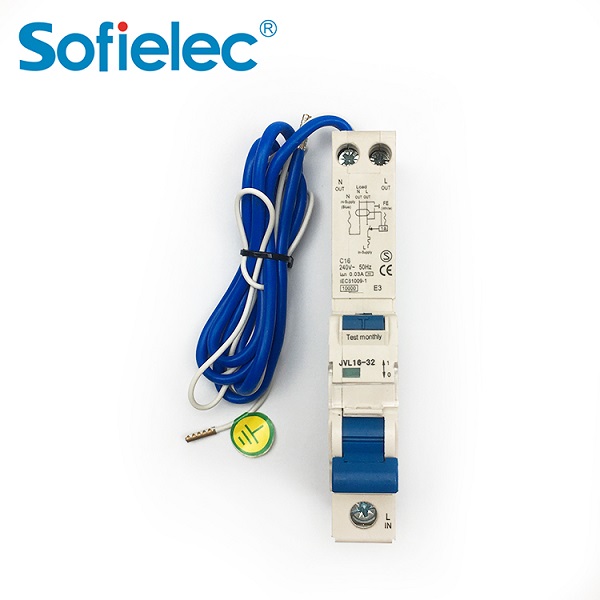Technical Data
■Ratedcurrent: 6A,10A,16A,20A,25A,32A,40A,50A
■Rated voltage: 240V(230V)~
■Rated frequency: 50/60Hz
■Number of pole: 1P+N
■Module size: 18mm
■Curve type: B&C Curve
■Breaking capacity: 6000A
■Rated residual operating current:
□10mA,30mA,100mA,300mA Type A and AC
■Optimum operating temperature: -25℃ to 40℃
■Terminal Tightening torque: 1.2N-m
■Terminal Capacity(top): 16mm2
■Terminal Capacity(bottom): 16mm2
■Electro-mechanical endurance: 4000 cycles
■Mounting: 35mm DinRail
■Line and Load reversible:
□Suitable Busbar:PIN Busbar
Compliance
■IEC/EN/AS/NZS61009.1:2015
■ESV Compliant
The tripping characteristic curves
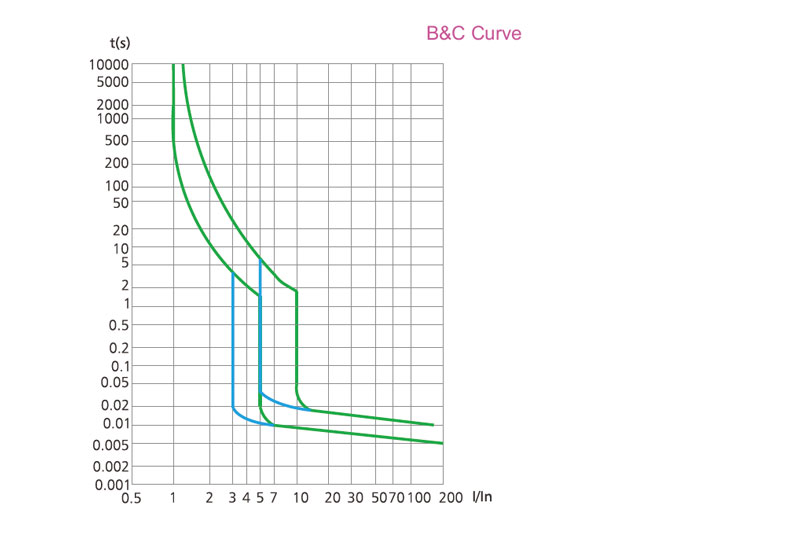
Wiring Diagram
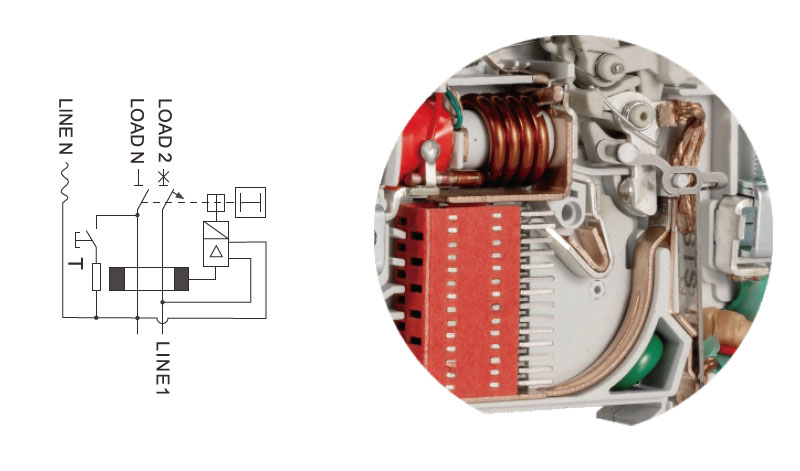
Overall & Installation Dimensions
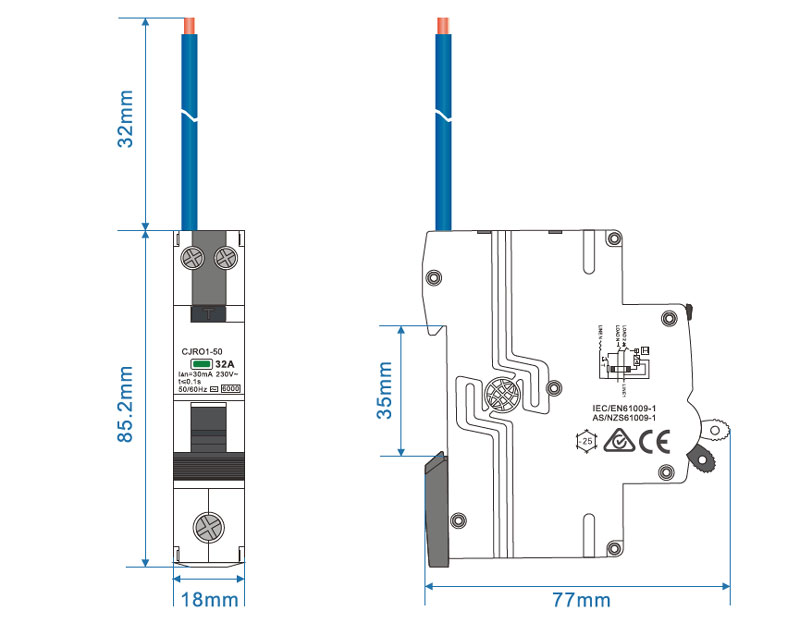
> What are the four types of timer switches?
A time switch, often simply referred to as a timer, is a device that automatically controls when an electrical circuit is turned on or off. It's like a programmable ...
> Can You Replace a 10 Amp Breaker with a 20 Amp Breaker?
Replacing a 10-amp circuit breaker with a 20-amp one without a thorough professional evaluation is extremely dangerous and poses a significant fire hazard. Let's ana...
> What Makes a Circuit Breaker Essential for Home Electrical Safety?
Home electrical safety ranks high on every homeowner’s priority list, yet many overlook the quiet workhorse that prevents crises before they start. This device acts ...
> What Scenarios Require the Use of a Residual Current Circuit Breaker?
Electrical safety is a top priority in daily life and work, yet many people are unsure when to use a device that guards against electric shock. This article explains...



